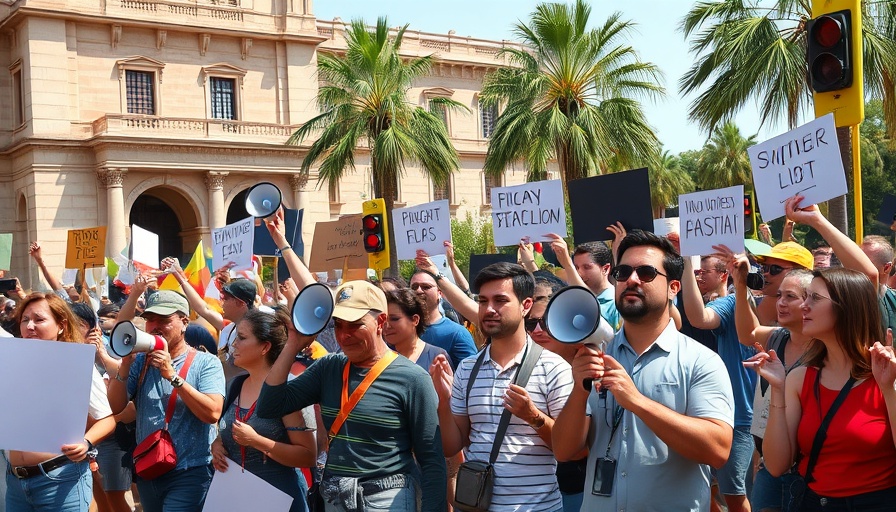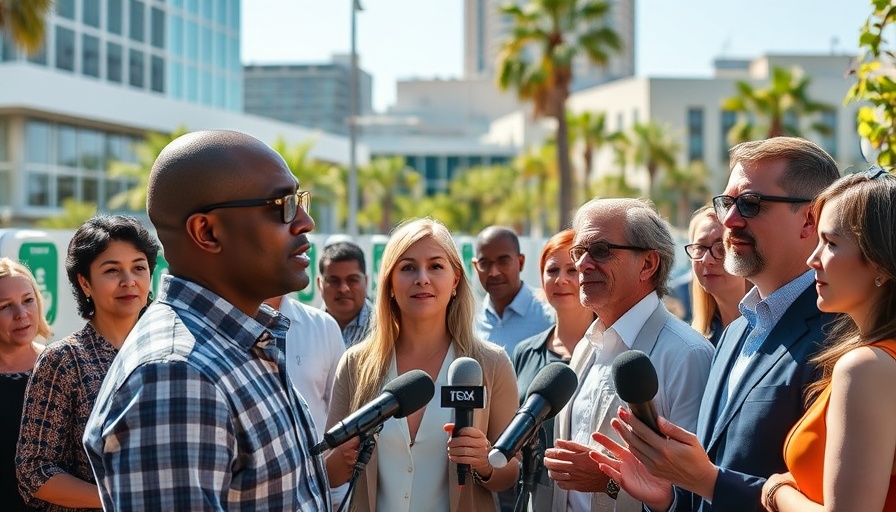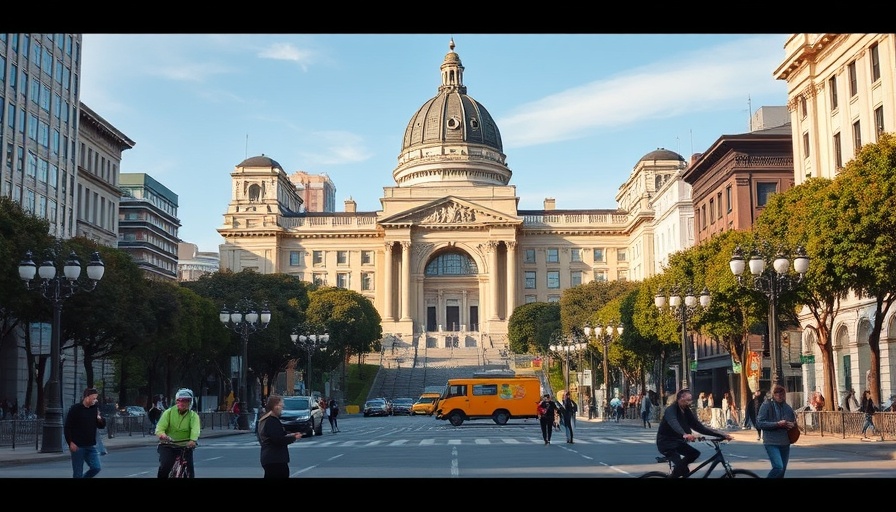
Greening West Oakland: A Step Towards Justice
In a historic move that could reshape West Oakland's urban landscape, local organizations are taking charge of an ambitious project to plant 1,500 trees across the community. Funded by an $800,000 grant from the California Resources Control Board, this initiative aims not only to beautify a neighborhood known for its industrial past but to rectify a long-standing environmental injustice that has left West Oakland with one of the lowest tree cover rates in the area.
The Environmental and Community Benefits of Urban Trees
Research has consistently shown that increased greenery improves mental health, reduces crime, and enhances the overall quality of life. Trees play a crucial role in cooling urban heat islands, granting welcome shade and contributing to cleaner air—an urgent need in a community bordering major freeways and the Port of Oakland. This endeavor can significantly reduce pollutants like fine particulate matter and black carbon, making the air safer for residents.
A Call to Action: Community Engagement in Urban Forest Planning
The West Oakland Environmental Indicators Project (WOEIP) is actively encouraging community participation by inviting residents to request trees for their properties. With around 200 requests already logged, this participatory approach signifies a shift towards community ownership of urban green spaces. “It’s not every day that you see this kind of investment brought to this community. It’s exciting,” remarked Meet Panchal, WOEIP's community engagement lead.
The Shadow of Redlining: A Historical Context
Like many communities that faced federal redlining in the 20th century, West Oakland struggled with systemic disinvestment. According to historical data, while wealthier areas enjoy a tree canopy coverage of up to 46%, the flatlands, which include West Oakland, linger at a mere 1.3%. This stark contrast is a visual representation of decades of inequality, and the current tree-planting initiative seeks to rectify this long-standing issue.
The Future of Urban Green Spaces: Predictions and Opportunities
As urban planners, city officials, and advocates unite around this tree-planting initiative, the potential for a greener West Oakland stands stronger than ever. Anticipating future trends, one can envision a community where local ecosystems thrive and residents enjoy a more vibrant living environment. This could herald a new era of urban planning focused on sustainability and community well-being, setting a precedent for other underserved neighborhoods to follow suit.
Challenges Ahead: Maintaining Green Investments
Despite the promising funding and enthusiastic community response, concerns persist regarding long-term maintenance of these newly planted trees. Cuts to city tree services in recent years mean residents will need to shoulder the responsibility of ensuring these trees thrive. As many in the community have worryingly noted, local arborists have shifted from maintaining a healthy urban forest to none at all. This calls into question the sustainability of these green initiatives and highlights the need for robust community support systems.
In Conclusion: How You Can Support West Oakland's Green Future
The endeavor to plant trees in West Oakland is more than just about planting. It is a step toward restoring balance and equity in an area that has long been neglected. Community involvement is key to ensuring the success of this initiative. If you live in the area or work near West Oakland, consider participating in tree care workshops organized by WOEIP, or spread the word about this transformative initiative. Engaging in urban greening is not just planting a tree; it's the seeds of hope for a healthier, more connected community.
 Add Row
Add Row  Add
Add 




Write A Comment